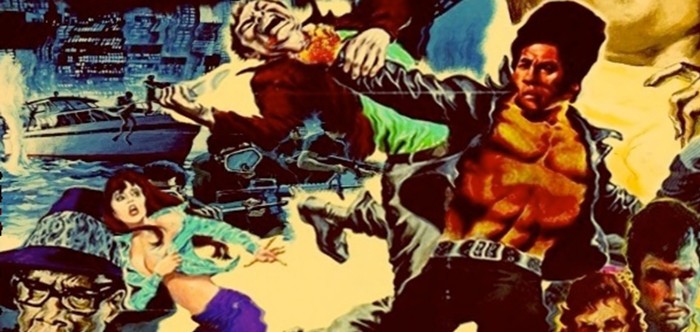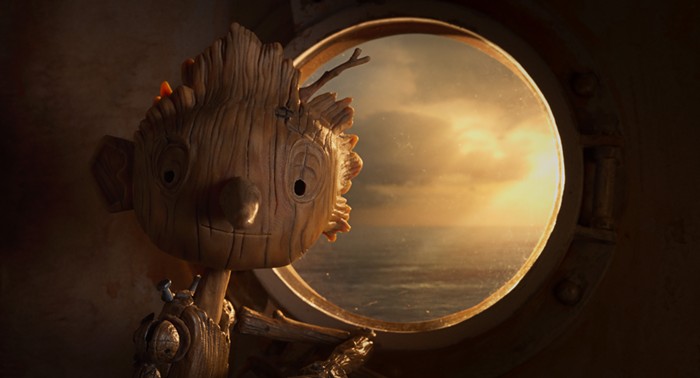Shellac
Thurs & FriAug 25 & 26
Berbati's Pan10 SW 3rd
Exacting, costly packaging; meticulously custom-made gear; as much as five years (and counting) between records; brief, infrequent touring that rarely coordinates with record releases; playing obscure-ass cities in Europe and Northern Canada just because they've never been there, and doing so on river boats, at Krispy Kreme doughnut shops and wiffle ball tournaments. On paper, Shellac sounds like an experiment in commercial suicide. But for Steve Albini, Todd Trainer, and Bob Weston, it's an experiment that's failed miserably.
There are so many brilliant truths to the Shellac story that I couldn't begin to list them all. First and foremost, you've got frontman Albini—the most celebrated asshole in all of American independent rock music. Initially rising to infamy as the founder of Big Black—legendary as one of the ugliest bands of the 1980s—Albini spent much of the late '80s and early '90s as a studio engineer, recording the likes of Nirvana, the Pixies, Melt Banana, Slint, Whitehouse, Bedhead, Bush, and Low. After the long hiatus that followed his (understandably) ill-fated post-Big Black project Rapeman, Albini began playing casually with drummer Trainer in 1993—and soon after hiring bassist Weston as a studio engineer, Shellac was officially born.
After a slew of early singles, Shellac released their masterful debut in 1994's At Action Park. Besides Albini's clear maturation, AAP is a markedly different sort of record than he'd ever made before: spacious, thoughtful, and, in spite of itself—occasionally even beautiful.
Following AAP, Shellac released what would become one of their most legendary fuck-yous in the form of a 779-run LP of an album called The Futurist. Written as a soundtrack for a Canadian dance production, The Futurist was recorded, and later deemed unfit for proper release by the band—who decided instead to press a limited run and give it to some of their friends and family members as gifts. The catch? The band printed a list of all of the recipients on the record's front cover, circling in silver pen the name of each record holder as they were distributed—insuring that if anyone were to sell the instant collector's item, the band would be able to figure out whodunit. Brilliant.
The rest of us had to wait a total of four years before the release Terraform, Shellac's oft-misunderstood sophomore record. Two years later, Shellac dropped 1000 Hurts—and while a somewhat lesser musical affair than Terraform, the record was yet another brilliant fuck-you, if only for its packaging. Housed in a box modeled after a traditional reel-to-reel tape, the vinyl retailed for the same price as the CD (the band is, of course, adamantly anti-digital). Included in the record box, floating disdainfully loose, was a CD of the full record—rendering the CD version virtually pointless. Again, brilliant.
And this shit just keeps coming, folks: There are just too many awesome things to say about Shellac. Like the fact that Albini once claimed all of their songs were about baseball and/or Canada. Or that they produced a 7-inch simply to give it away to a German audience of 1,000. Or that they're finally touring again, with a new record in the wings. Or... or... AHH!


















